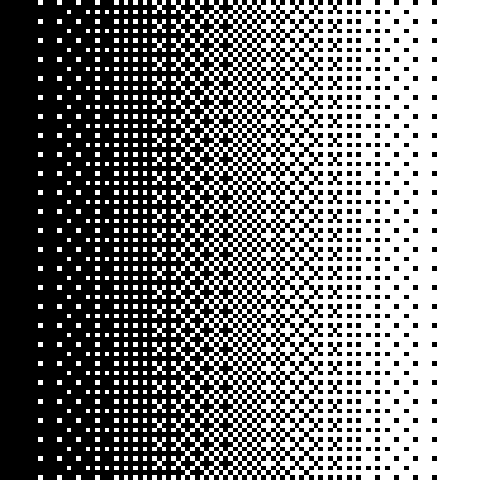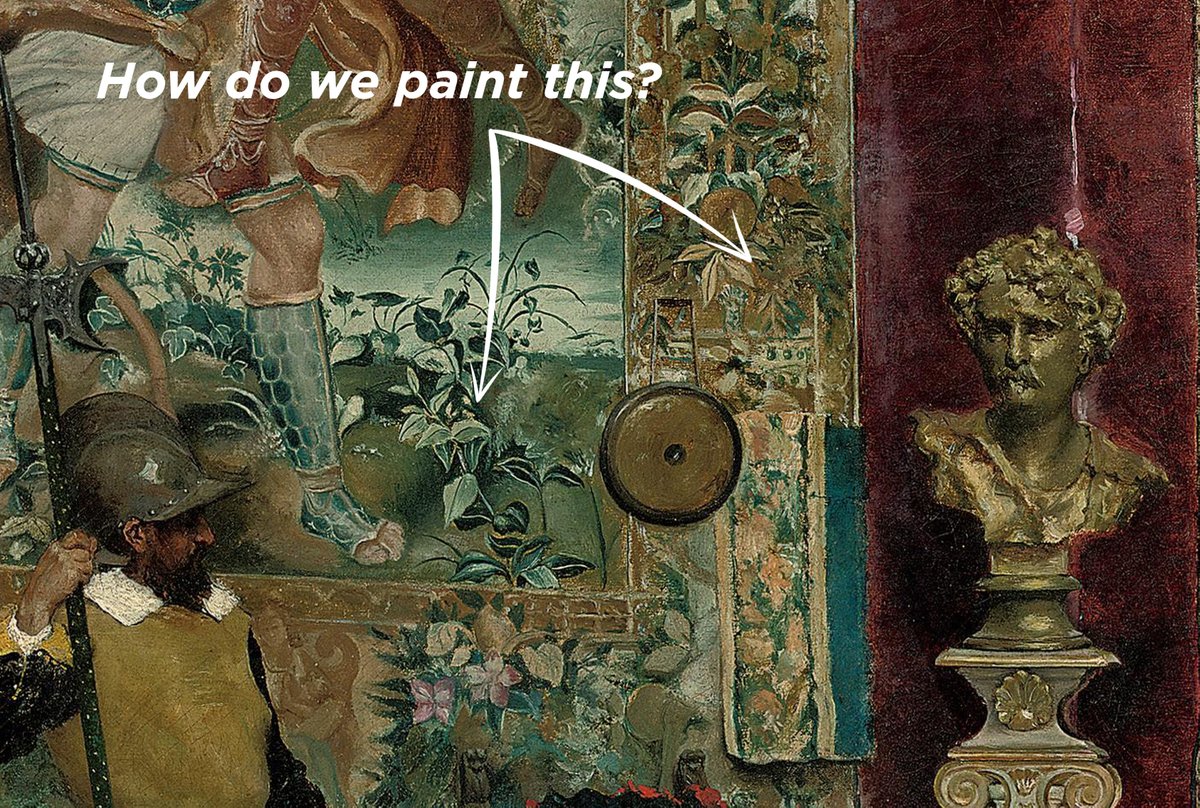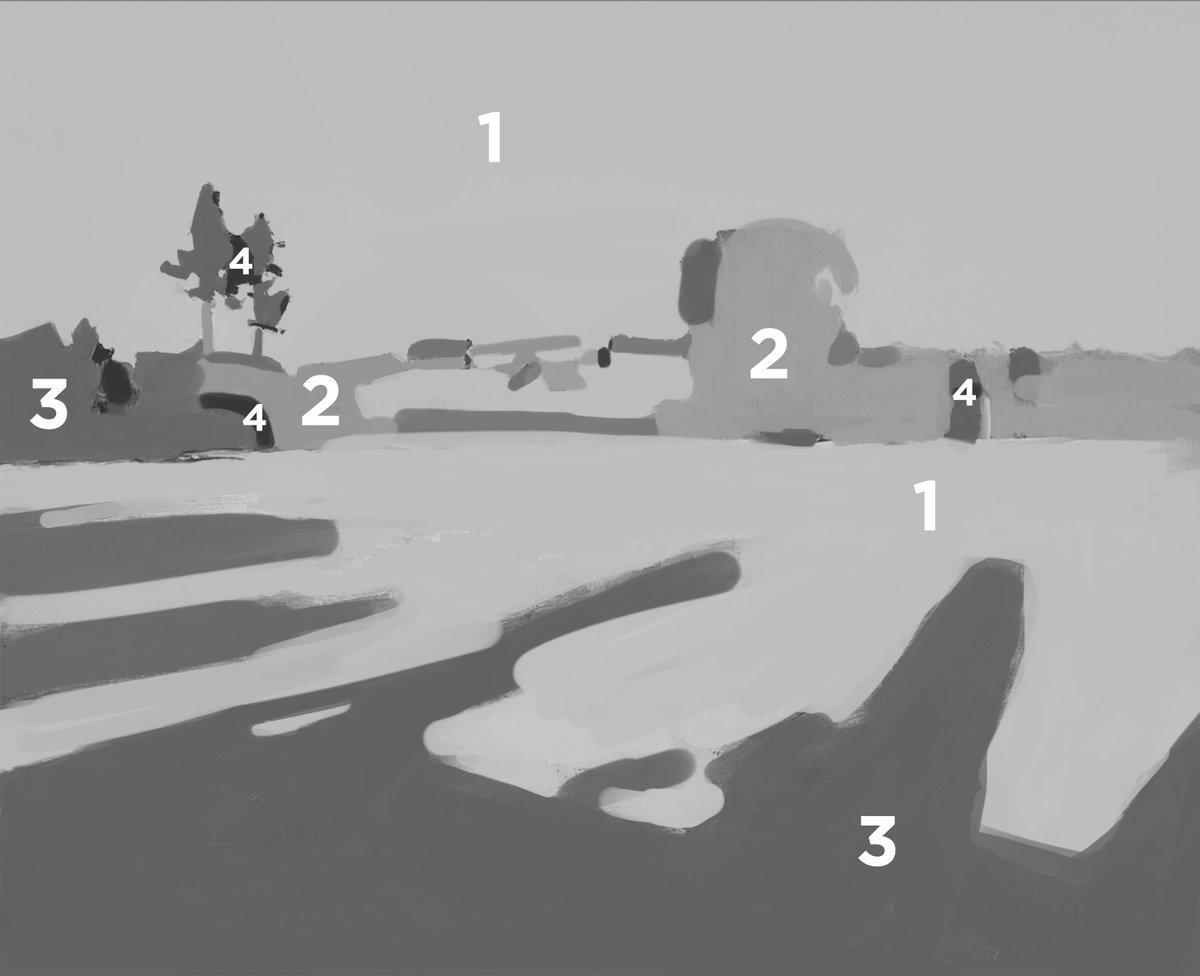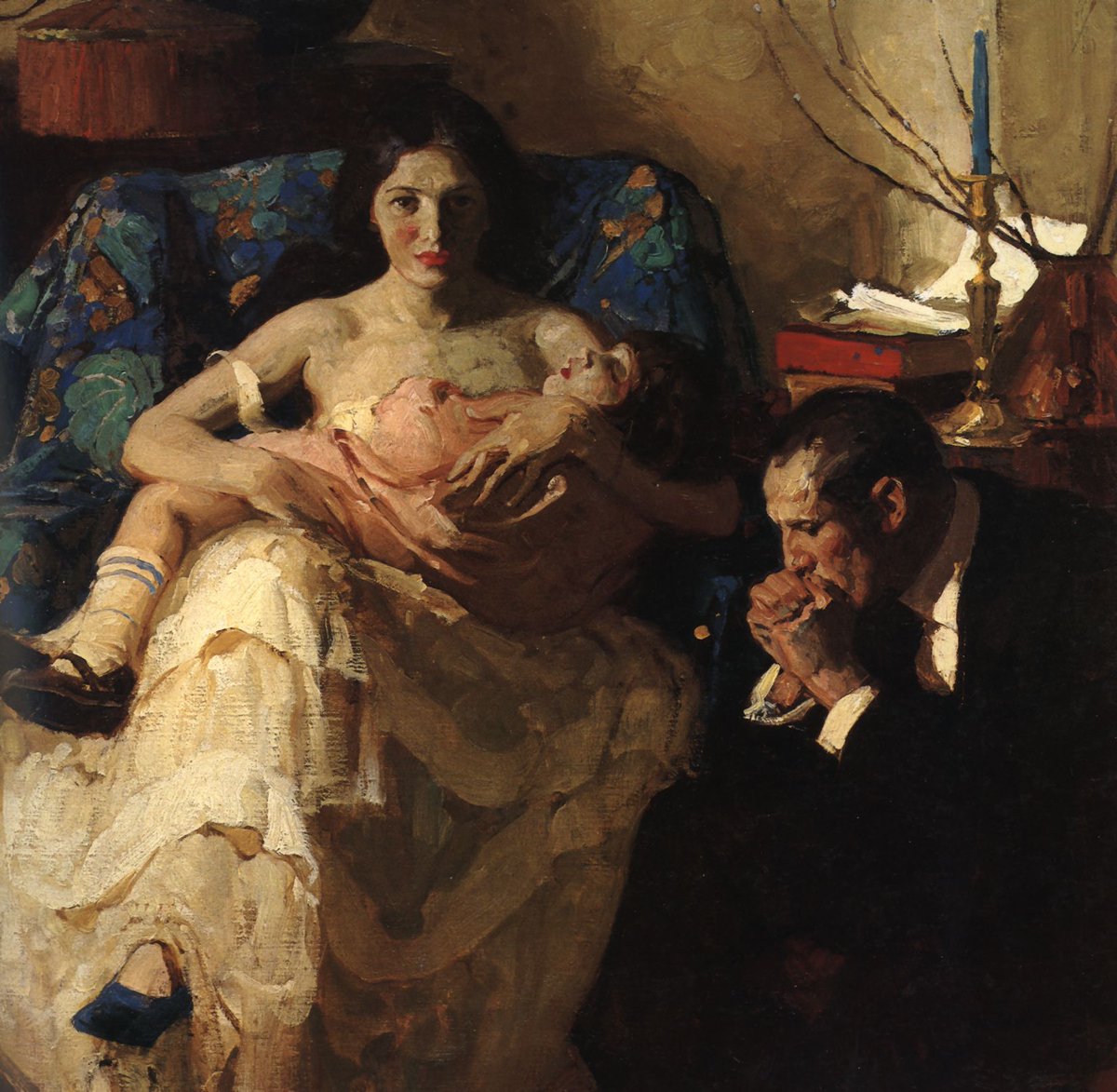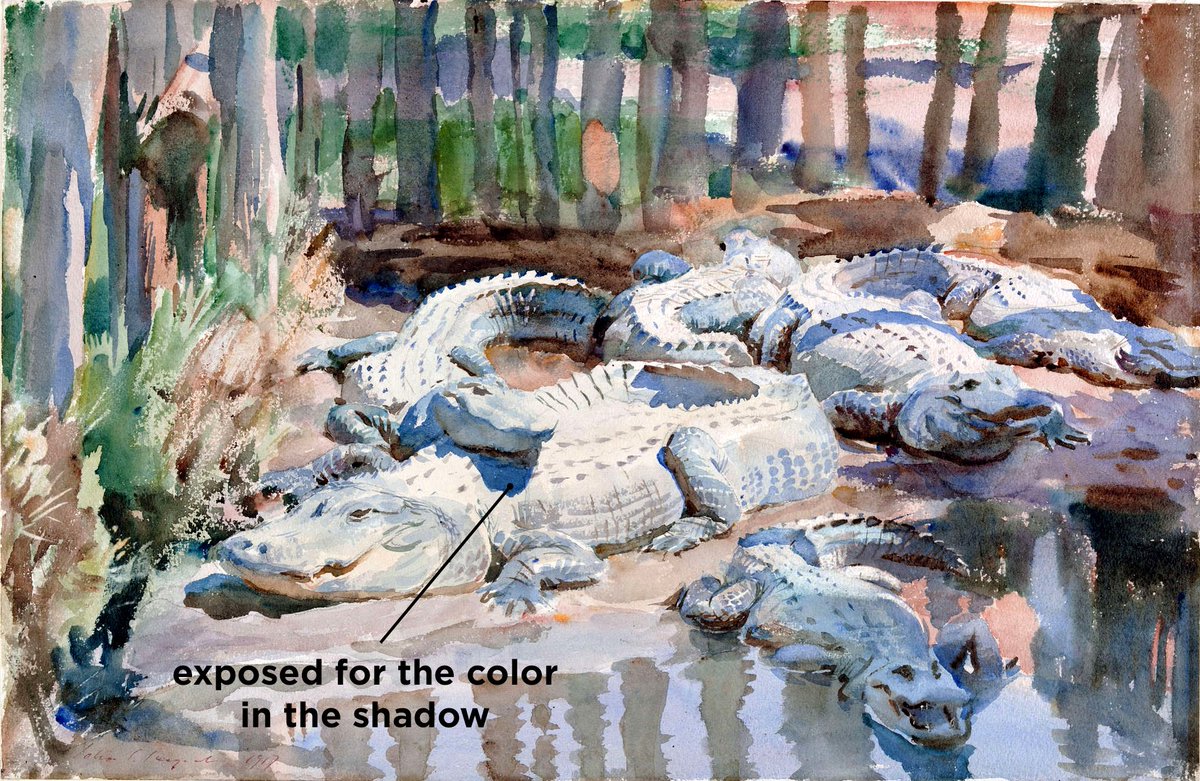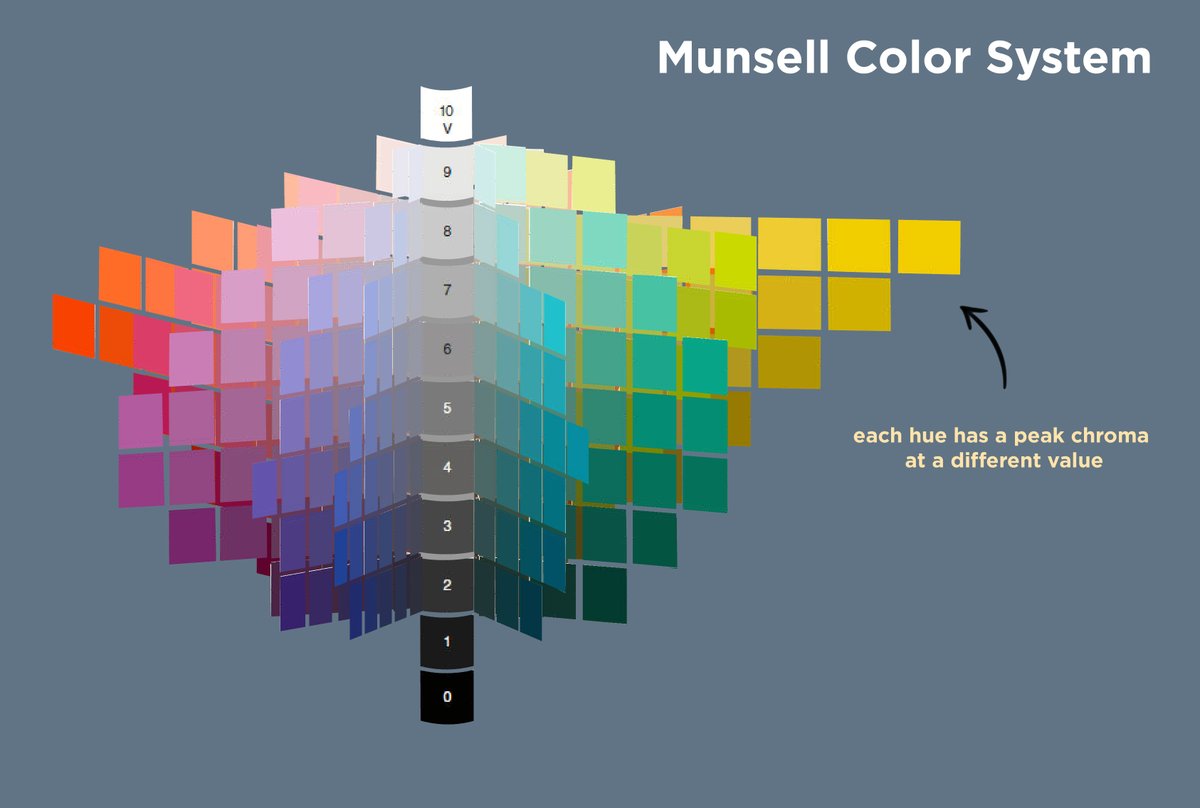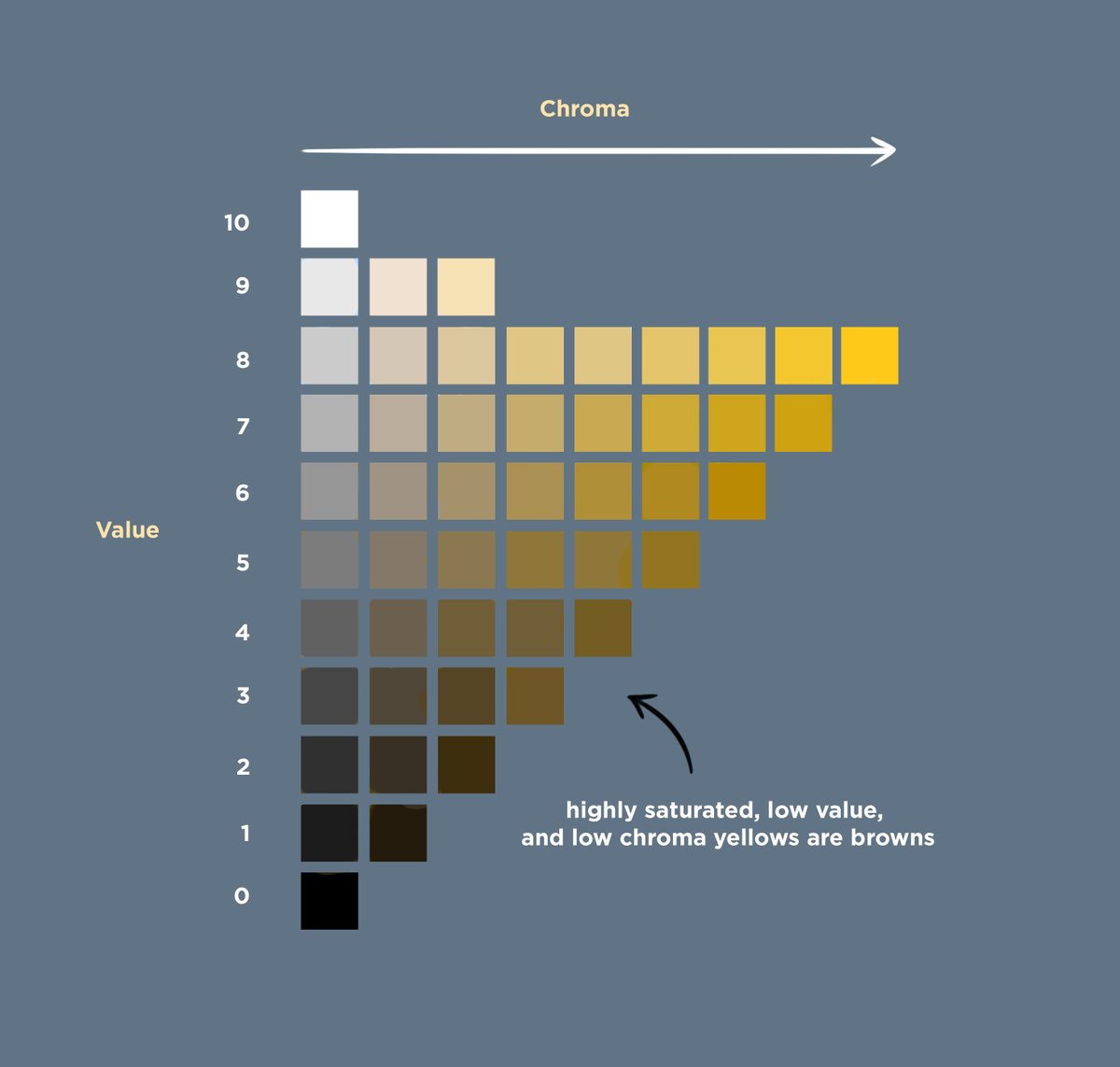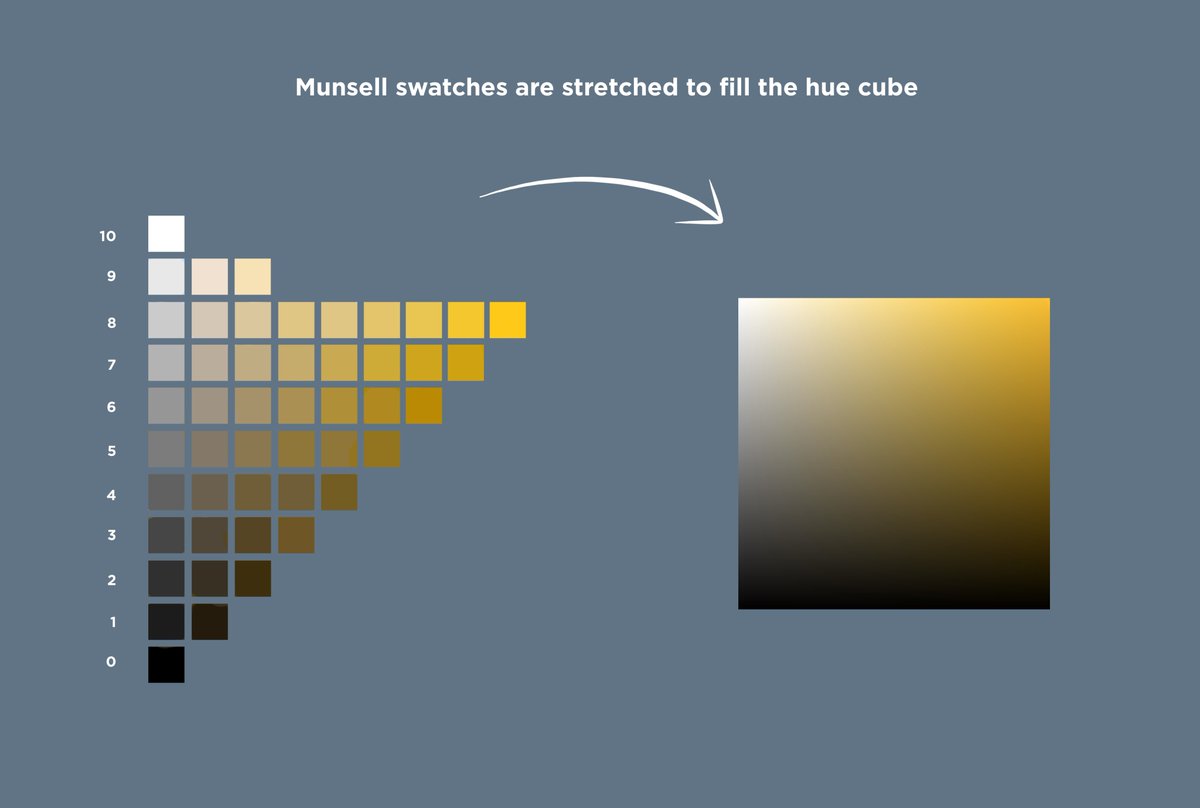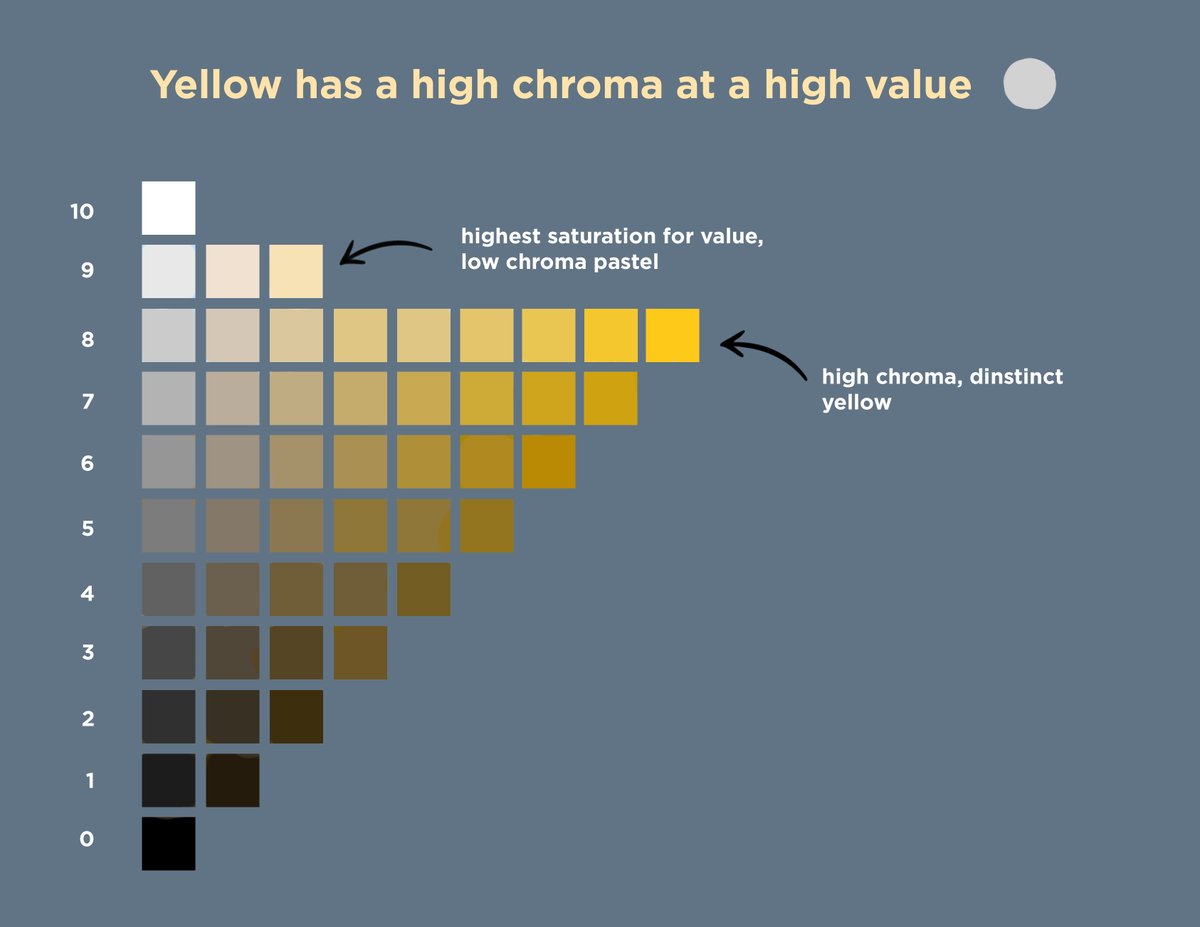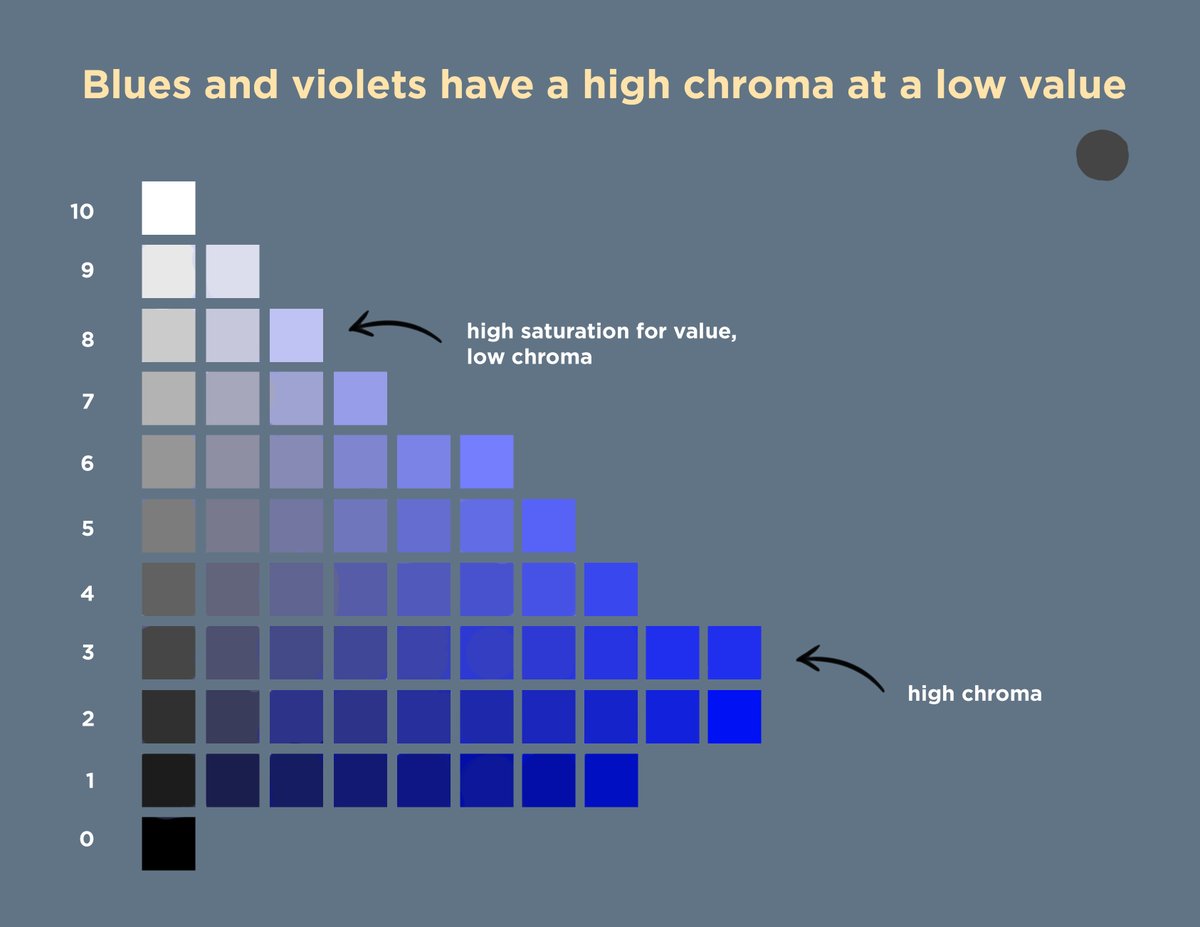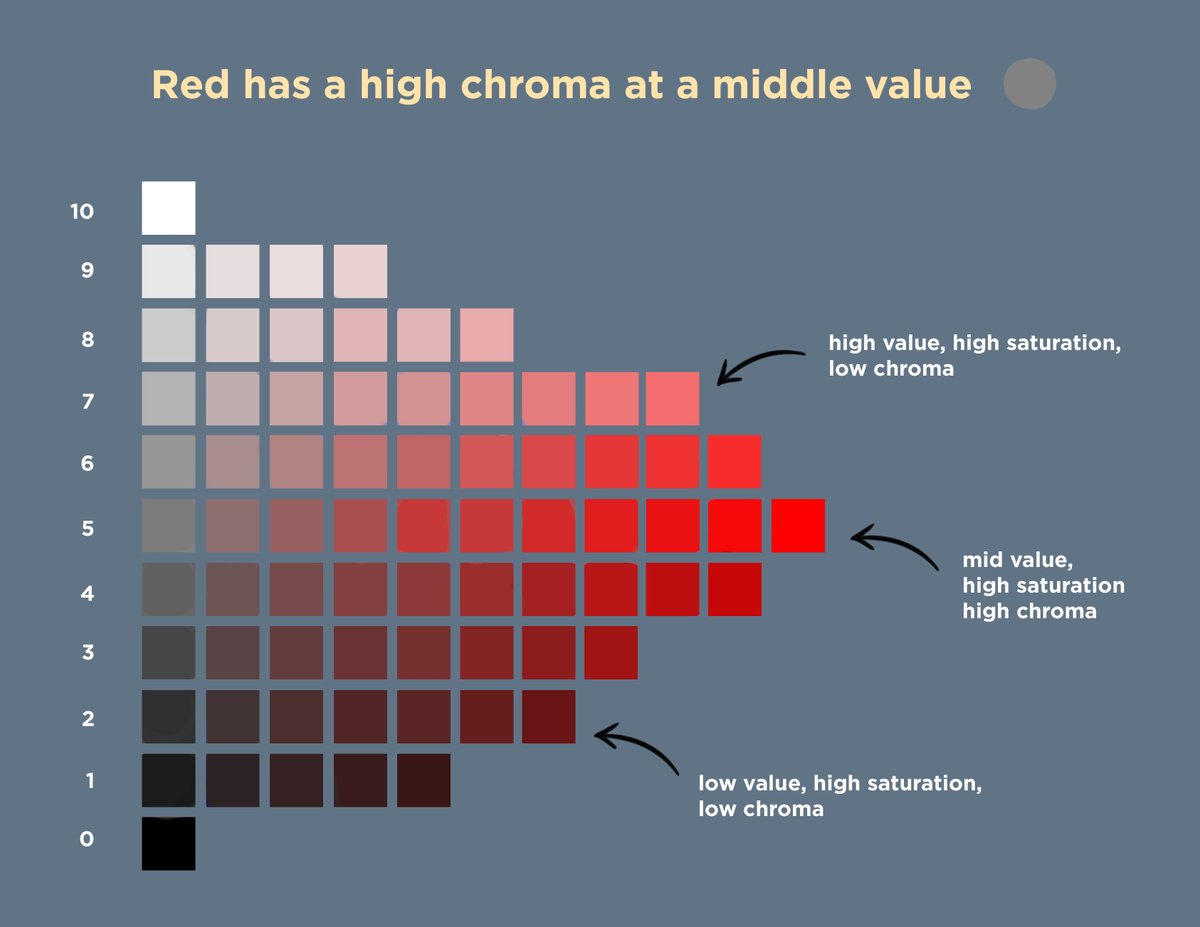
Thread on composition! It's not about math formulas or memorizing golden ratios. Contrast provides focal points, and you can arrange these in various ways to create different feelings. Some arrangements create very reliable effects, and you can add these tools to your toolbox! 



Let’s take a look at the compositions of Dean Cornwell. One of the most common tools is using a symmetrical triangle arrangement of focal points to convey stability. This first image conveys a stalemate or delicate balance of power with an inverted triangle... 



While in this composition sketch the upright stable triangle conveys a more traditional feeling of power. 



The more asymmetrical the triangle, the greater the feeling of dynamic motion, perfect for this chaotic scene. 



With many focal points arranged in a circle, a sense of swirling motion can be achieved, which fits really well for this battle. 



Composition isn't just about shapes, we can think about the division of space to create interesting relationships and how these repeating angles create a scaffolding that all the smaller relationships are based on. 



This scaffolding is less consistent, and conveys the uncertain feeling of the journey of this lifeboat at sea. There are no rules in composition, so experiment and play with different arrangements to find the one that fits your idea! 



If you enjoyed this, check out my two ebooks! They are all my previous tutorials, greatly expanded upon, and have lots of bonuses like a glossary, recommended reading, and all the artist names right there with the examples: gumroad.com/l/YPtf
And volume 2: gumroad.com/l/cfv2
Artist Credit: Dean Cornwell
• • •
Missing some Tweet in this thread? You can try to
force a refresh

